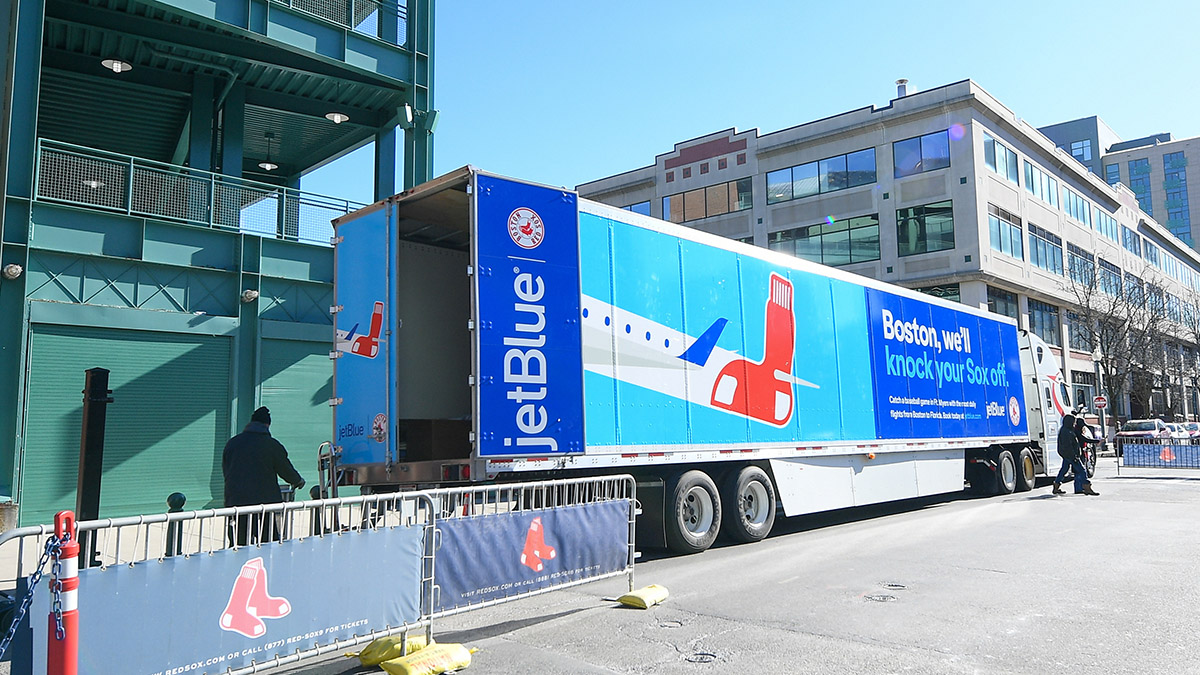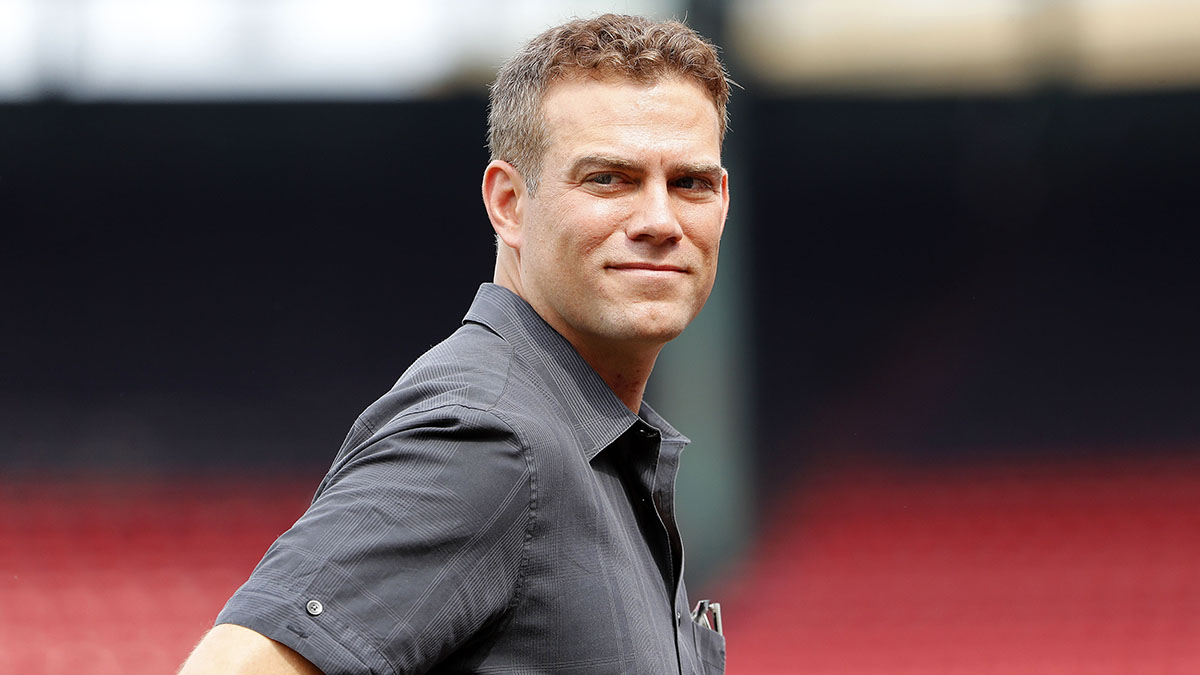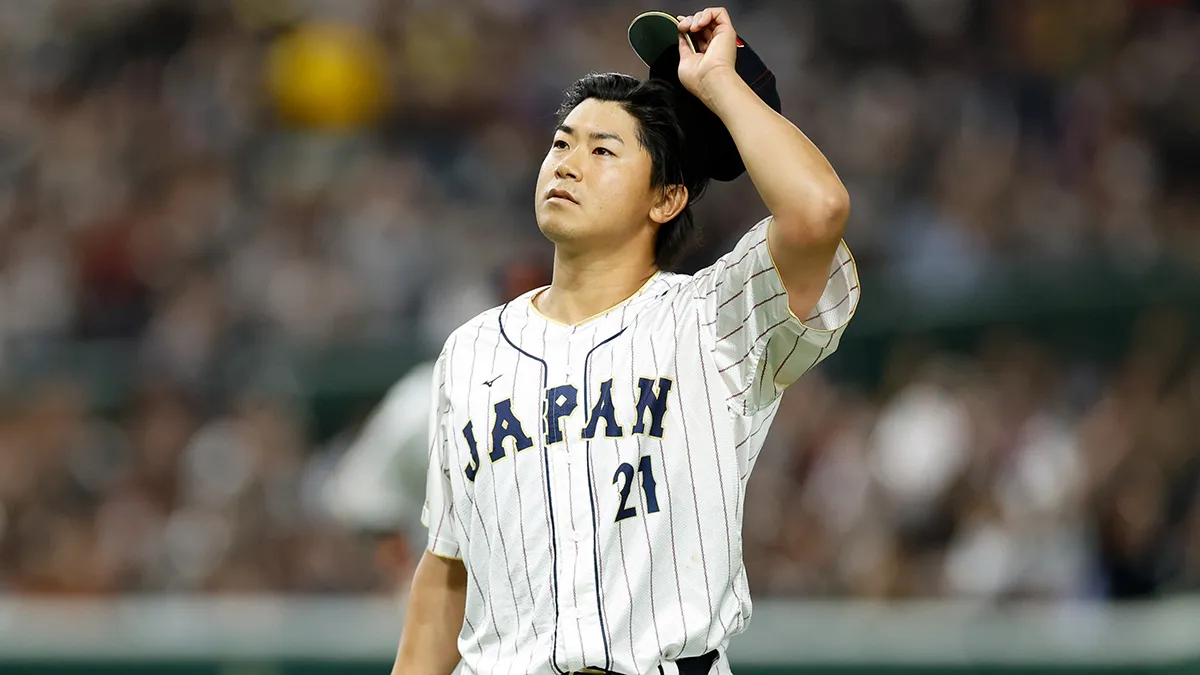Between the Dodgers signing everyone and the Marlins signing no one, there lies a reputable middle ground. The Red Sox largely abandoned it, but it's instructive to consider a team that didn't: the Royals.
Just imagine a Red Sox offseason that addressed the following needs:
- Right-handers Seth Lugo and Michael Wacha signed to the rotation.
- Outfielder Hunter Renfroe brought aboard to provide right-handed balance and power to the lineup.
- Veteran relievers Nick Anderson, Chris Stratton, and Will Smith added to the bullpen.
- A six-year contract extension for slugging first baseman Triston Casas that buys out his arbitration years and secures an important piece of the future.
Stay in the game with the latest updates on your beloved Boston sports teams! Sign up here for our All Access Daily newsletter.
No one would be casting a Hall of Fame plaque for chief baseball officer Craig Breslow, but that's a solid winter that at least makes the Red Sox more competitive and watchable in 2024, doesn't bloat the payroll long-term, and locks up a key talent moving forward.
The Royals did it all, except swap in five-tool superstar shortstop Bobby Witt Jr. for Casas, and make the terms of the deal a staggering 11 years and $289 million.
That's a winning offseason for a small-market, second-division club like the Royals, and it would've been an acceptable one for the Red Sox. As an added benefit, Kansas City struck early and aggressively, and before this week's Witt signing, basically had all of its work done by mid-December.
So here we are, as the hits keep coming, wishing the Red Sox could be more like the Royals.
MORE RED SOX COVERAGE
What makes this a particularly apples-to-apples comparison is that the clubs opened the offseason with remarkably similar to-do lists.
Both teams needed to beef up rotations that ranked in the bottom five in the American League in both ERA and innings pitched. Lugo was considered a second-tier Red Sox target and certain rubes (raises hand) suggested a winning winter would be some combination of Yoshinobu Yamamoto or Jordan Montgomery atop the rotation, and maybe Lugo or Japanese lefty Shōta Imanaga to push young right-hander Brayan Bello down to the third spot.
The Red Sox instead traded Chris Sale, let veteran James Paxton walk, and replaced them both with former All-Star right-hander Lucas Giolito, a major roll of the dice who could regain ace status, but is just as likely to continue a downward trend that began in 2022 and accelerated last fall. Giolito eats innings, but on paper, anyway, the rotation has somehow gotten worse.
The veteran Lugo, meanwhile, is a fascinating case, because he spent the first seven years of his career with the Mets pitching almost exclusively in relief before signing with San Diego last winter and making a successful return to the rotation at age 33. He went 8-7 with a 3.56 ERA and then signed with Kansas City for only three years and $45 million. He has major bargain potential, and would've filled a glaring need in Boston.
The same goes for Wacha, who might not be the sexiest choice, but is nevertheless 25-6 with a 3.27 ERA over his last two seasons, including the 2022 campaign in Boston. Modern front offices don't know exactly what to make of Wacha, who doesn't throw hard, doesn't strike anyone out, doesn't keep the ball on the ground, and doesn't impress anyone "under the hood," and yet induces consistently weak contact on the strength of an outstanding changeup.
If we're comparing the offseason rotation upgrades, the Royals are the clear winners.

The picture isn't quite so stark in the outfield. Kansas City signed Renfroe, who'll be on his fifth team in four years despite consistent 30-homer power and one of the strongest right field arms in baseball. The rest of his game leaves something to be desired, since he's a low-average hitter who doesn't walk much, and overestimating his arm sometimes gets him into trouble defensively.
The Red Sox chose instead to acquire two-time Gold Glover Tyler O'Neill from the Cardinals. Whereas Renfroe boasts five seasons of at least 25 homers and six of at least 400 plate appearances, O'Neill really only has one standout campaign to his name, the 2021 season when he slammed 34 homers and finished eighth in the NL MVP voting.
Otherwise, his career has just been a litany of injuries, which limited him to 72 games last year. Renfroe may be flawed, but at least he's reliable. His average campaign is better than O'Neill's, and he's more likely to deliver it.
As for the bullpen, the Red Sox returned a deeper group and didn't need to do as much, choosing to take fliers on big Mariners righty Isaiah Campbell and sidewinding Cooper Criswell from the Rays, among others. The Royals targeted experience, with Anderson a one-time force for Tampa who returned from elbow surgery to pitch effectively in Atlanta last year, Stratton an effective member of the Rangers' World Series-winning bullpen, and Smith a former All-Star who probably doesn't have much left in the tank.
In any event, if you want to argue the Royals did more for their bullpen, too, it's a defensible position.
That leaves Kansas City's most jaw-dropping move. Ten years ago, the rest of baseball would've assumed that a prospect like Witt would spend five or six years in Royal blue before being traded or signing a massive contract elsewhere.
But Kansas City acted decisively and locked up the player the Red Sox can only hope Marcelo Mayer becomes – a homegrown franchise shortstop with legitimate MVP potential.
Mayer doesn't yet justify those comparisons, since Witt was once considered the best prospect in baseball and just compiled his first 30-30 season while finishing seventh in the AL MVP race. He's a legitimate five-tool monster. Mayer has fought injuries each of the last two years and has yet to hit above .189 at Double A, although his ceiling remains high.
Either way, the Royals are trying to do what the Red Sox are only paying lip service to: building for the future while making an honest effort in the present.



